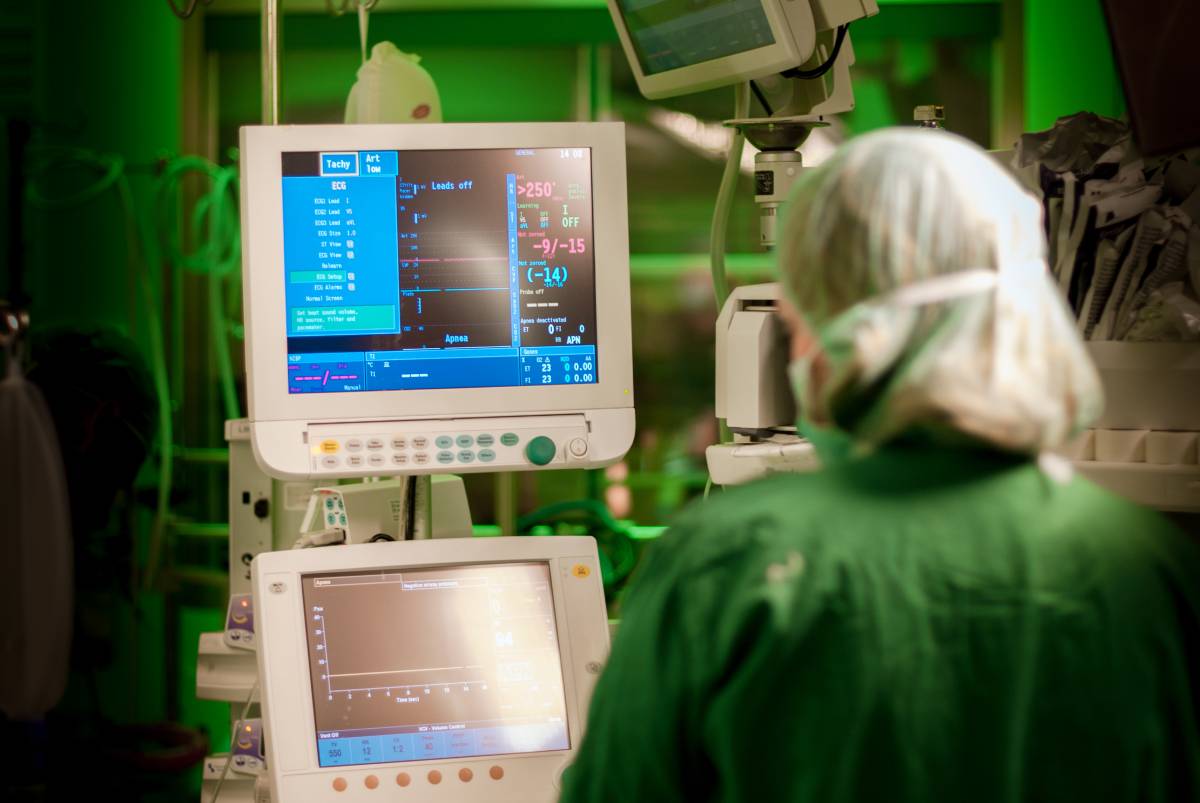Anesthesiology Subspecialty Training

Like other medical disciplines, anesthesiology is divided into several subspecialties. After the completion of a residency training, anesthesiologists may choose to pursue a fellowship to specialize in a particular area [1]. The role of fellowship-trained anesthesiologists is to provide anesthesia expertise for especially challenging cases [1]. The Accreditation Council for Graduate Medical Education (ACGME) has established seven accredited anesthesiology subspecialty fellowship programs: adult cardiac anesthesiology, clinical informatics, critical care medicine, regional anesthesiology, obstetric anesthesiology, pain medicine, and pediatric anesthesiology [8].
Critical care medicine was the first subspecialty within anesthesiology to have fellowship training accredited by ACGME in 1988 [1]. The Boards of Anesthesiology and Surgery mandate an additional year for a critical care fellowship and an additional three years for a pediatric critical care fellowship [2]. Critical care anesthesiologists typically care for preoperative and postoperative patients [2]. They are experts on airway and ventilator management, as well as formulating individualized care plans for patients [3]. Critical care anesthesia training includes rotations through a wide array of Intensive Care Units including trauma, neurosurgery, cardiothoracic, transplant, burn, and surgery [3]. Over the previous few decades, the percentage of critical care anesthesiologists has declined [2]. In 2001, less than 4% of the 25,000 board-certified anesthesiologists in the United States pursued a fellowship in critical care medicine [2].
In 1992, the ACGME accredited a fellowship in pain medicine, which requires an additional year of training after residency [4]. Pain medicine is the subspecialty of anesthesiology that focuses on the diagnosis and treatment of patients with acute, chronic, and cancer-related pain [4]. Most pain specialists practice in outpatient clinics and care for patients with chronic illness [4]. Pain specialists commonly perform continuous epidural analgesia and single-shot and continuous nerve blocks [4]. As of 2018, 5,759 anesthesiologists have earned a fellowship in pain medicine [5]. Anesthesiology programs now account for over 80% of pain medicine training programs [5].
Pediatric anesthesiology requires an additional year of training that focuses on the care of children and young adults [6]. It is a procedure-based specialty that requires knowledge of the differences in anatomy, physiology, and pharmacodynamics that make children challenging candidates for anesthesia [6]. Pediatric anesthesiology is one of the most popular subspecialties pursued by anesthesiologists [7].
Other subspecialties of anesthesiology that have more recently gained ACGME accreditation include adult cardiac anesthesiology (2006), obstetric anesthesiology (2012), clinical informatics (2014), and regional anesthesiology (2017) [9-11]. Cardiac anesthesiologists focus on the anesthetic management of patients undergoing cardiac surgery, which encompasses valve replacements, coronary artery bypass grafting, thoracic aortic surgery, repair of congenital heart defects, and heart transplantations [11]. Many cardiac anesthesiologists are employed by cardiothoracic intensive care units [11]. Obstetric anesthesiologists specialize in the care of women during the entire duration of their pregnancy [12]. They are involved with in vitro fertilization, cerclage placements, fetal surgery, postpartum procedures, and anesthesia for labor and cesarean deliveries [12]. Anesthesiologists in the field of clinical informatics use computer science and information science to address health outcomes and challenges in healthcare management [10]. Regional anesthesiologists perform local anesthetic blockade of peripheral nerves [9]. Improvements in the technology of peripheral nerve stimulation and ultrasonography have the potential to revolutionize the field of regional anesthesia [13].
References
- Rockoff, M., & Hall, S. (1997). Subspecialty Training in Pediatric Anesthesiology. Anesthesia & Analgesia, 85(6), 1185-1190. doi:10.1097/00000539-199712000-00001
- Hanson, C., Durbin, C., Maccioli, G., Deutschman, C., Sladen, R., Pronovost, P., & Gattinoni, L. (2001). The Anesthesiologist in Critical Care Medicine. Anesthesiology, 95(3), 781-788. doi:10.1097/00000542-200109000-00034
- Hernandez, A., & Behringer, E. (2018). Critical Care Anesthesiologists. In E. Whitaker, R. Harter & B. Abdelmalak, Guide to Anesthesiology for Medical Students. American Society of Anesthesiologists.
- Rathme, J. (2018). Pain Medicine. In E. Whitaker, R. Harter & B. Abdelmalak, Guide to Anesthesiology for Medical Students. American Society of Anesthesiologists.
- Owens, W., & Abram, S. (2020). The Genesis of Pain Medicine as a Subspecialty in Anesthesiology. Journal of Anesthesia History, 6(1), 13-16. doi:10.1016/j.janh.2019.02.003
- Schwengel, D. (2018). Pediatric Anesthesiology. In E. Whitaker, R. Harter & B. Abdelmalak, Guide to Anesthesiology for Medical Students. American Society of Anesthesiologists.
- Muffly, M., Singleton, M., Agarwal, R., Scheinker, D., Miller, D., Muffly, T., & Honkanen, A. (2018). The Pediatric Anesthesiology Workforce. Anesthesia & Analgesia, 126(2), 568-578. doi:10.1213/ane.0000000000002535
- Ma, A., Siddiqi, J., & Ninan, D. (2020). Value of Neuroanesthesiology Fellowship Training. Cureus. doi:10.7759/cureus.10943
- Shapiro, D., Hargett, M., Kopp, S., Neal, J., Mariano, E., & Liguori, G. (2020). History and evolution of regional anesthesiology and acute pain medicine fellowship training. Regional Anesthesia & Pain Medicine, 45(4), 311-314. doi:10.1136/rapm-2019-100915
- Lehmann, C., Gundlapalli, A., Williamson, J., Fridsma, D., Hersh, W., & Krousel-Wood, M. et al. (2018). Five Years of Clinical Informatics Board Certification for Physicians in the United States of America. Yearbook of Medical Informatics, 27(01), 237-242. doi:10.1055/s-0038-1641198
- Gelber, K., Kahwajian, H., Geller, A., & Zakowski, M. (2018). Obstetric Anesthesiology in the United States. Anesthesia & Analgesia, 127(6), 1445-1447. doi:10.1213/ane.0000000000003809
- Toledo, P. (2018). Obstetric Anesthesiology. In E. Whitaker, R. Harter & B. Abdelmalak, Guide to Anesthesiology for Medical Students. American Society of Anesthesiologists.
- Neal, J. (2018). Regional Anesthesiology. In E. Whitaker, R. Harter & B. Abdelmalak, Guide to Anesthesiology for Medical Students. American Society of Anesthesiologists.
